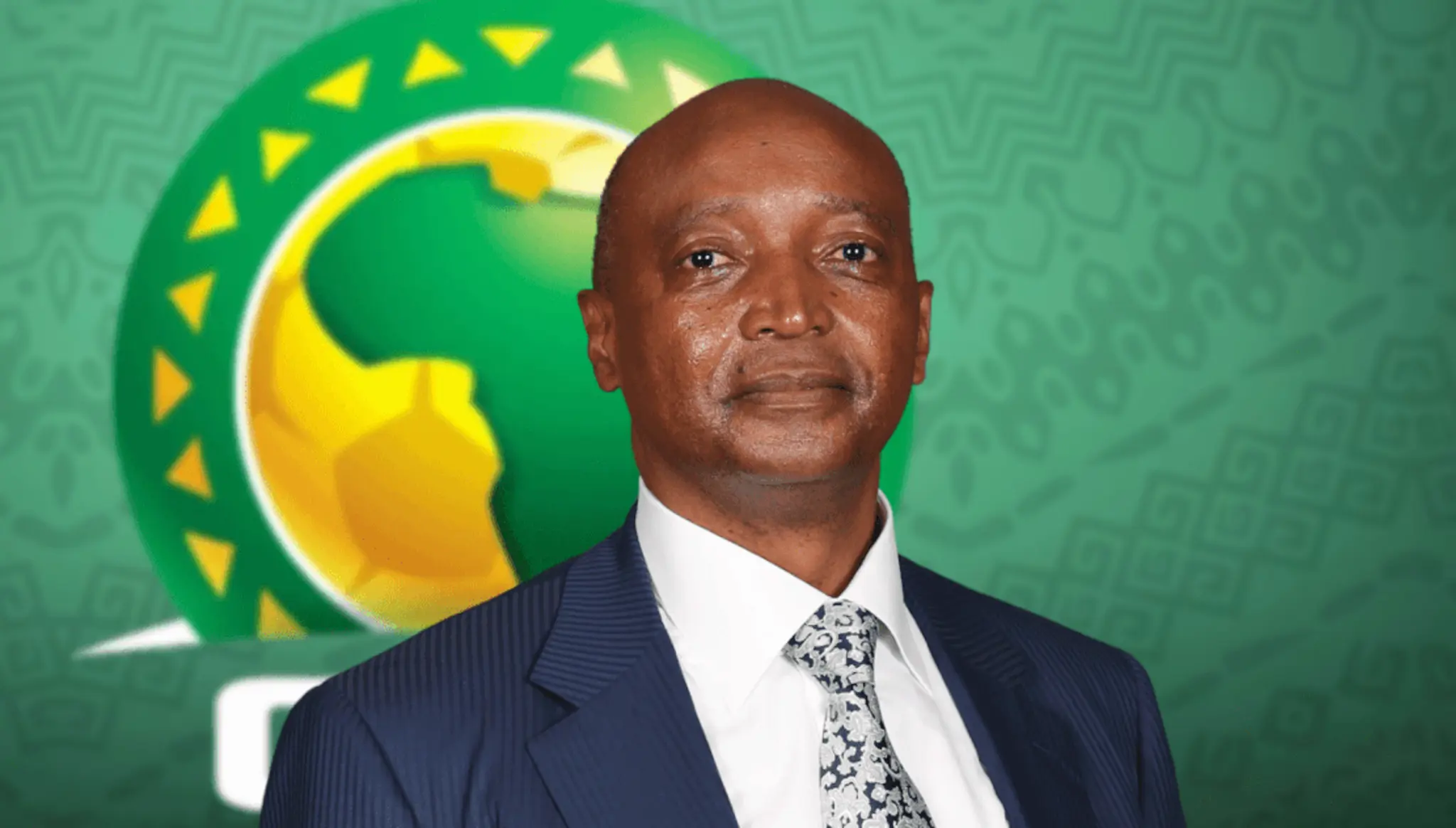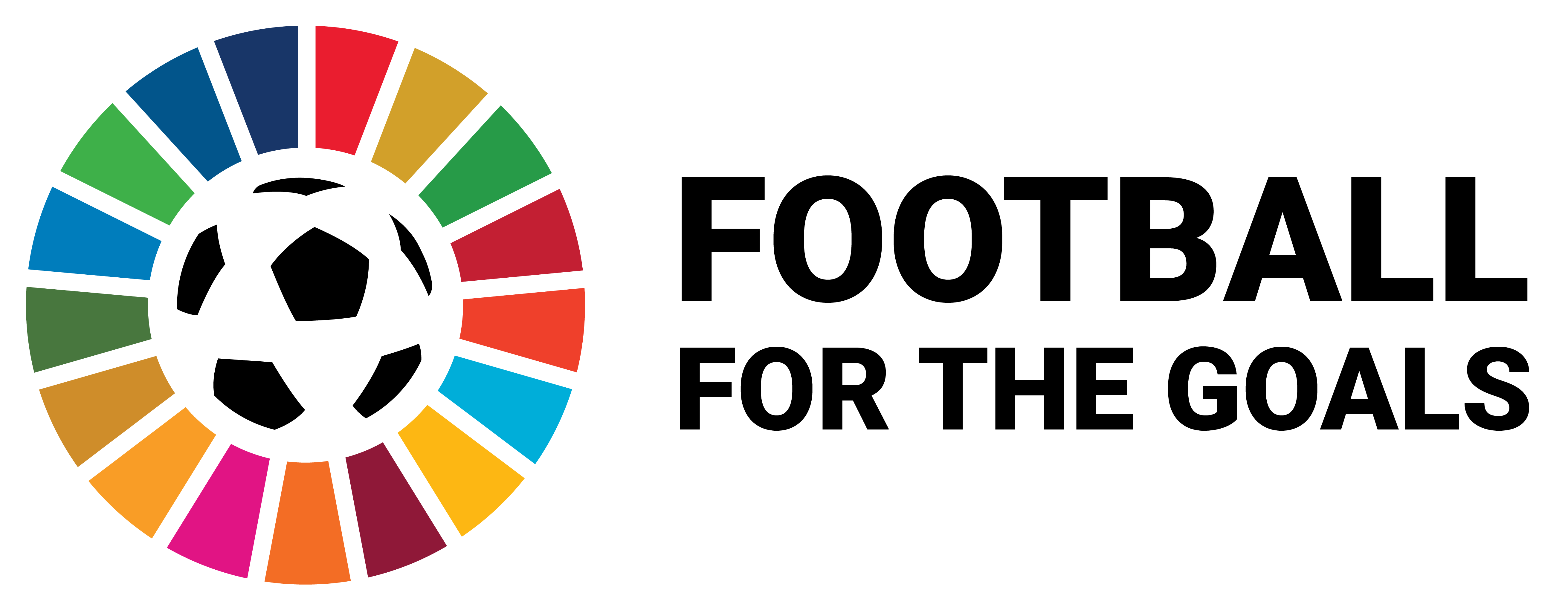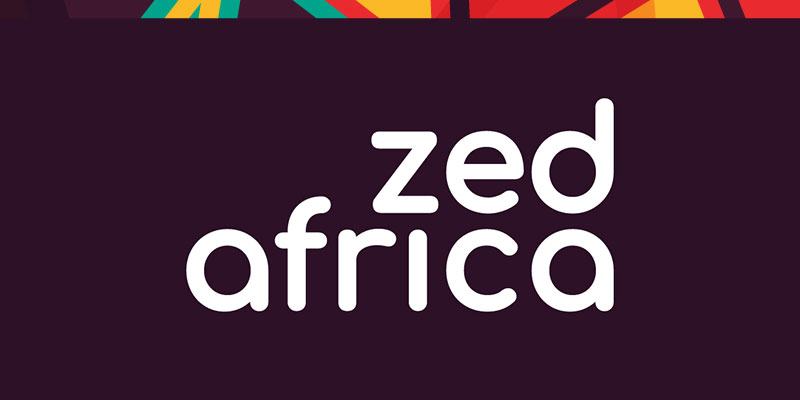
While European soccer has annihilated the Super League’s ambitions on its soil, Africa is preparing to discover its own since the African Super League project was endorsed on November 26, 2021, by the General Assembly of the Confederation of African Football (CAF).
The basis of this project is a clear statement. The CAF Champions League would be a pale ambassador of continental soccer because it is too expensive for clubs and not very attractive for broadcasters or viewers due to the systematic domination of North African teams. Therefore, the proposal is to revitalize the game by imagining a new competition that is more attractive for broadcasters, remunerative for clubs, and more captivating for the public. The vision is evident on both the CAF and FIFA sides, but the contours remain unknown, raising several fundamental questions. The first one concerns the modalities governing the Super League.
Many formulas with different characteristics and impacts are possible: A closed competition that brings together the most economically powerful teams, an open championship valuing sporting merit, or a hybrid format that combines economic performance and sporting inclusiveness. The alternatives are numerous, and their consequences are decisive. Moreover, is Africa ready to implement this Super League project? Some countries, particularly in sub-Saharan Africa, suffer from a lack of quality infrastructure in a continent that is heterogeneous politically, economically and in terms of sports. This is particularly true for stadiums and training centres. Similarly, there are national championships with erratic calendars, which complicates potential coordination at the continental level. Travel distances are also a severe problem.
The strategic choice of a closed league favours commercial revenues but also inequalities.
Depending on the chosen articulation between “economic efficiency” (which means the purpose of generating revenues) and “sports equity” (which means including as many teams and countries from the continent as possible), some formats are more appropriate than others. It is clear that CAF is moving towards a scenario favouring economic efficiency with a closed league, according to its communiqué of July 3, 2022. Among the information revealed by Patrice Mostepe, the promise of prize money of 100 million dollars to be shared between the participating teams and the redistribution of 1 million dollars for each of the 54 member federations of CAF each year. The press release implies that many private investors have committed to the project, which probably justifies the amounts claimed. Many questions remain unanswered about the business model of the future league. We will have to wait for the details to be announced in August.
Nevertheless, several points are already questionable. First, the launch date of the competition, announced in August 2023, which endorses the rapid implementation of the Super League. Indeed, it is premature to imagine African soccer offering an attractive competition in the coming months.
Also, the CAF-led Super League project promises additional revenues for the continent’s best teams, which already enjoy a measure of financial stability, unlike most of their counterparts. In other words, the turn taken by the African Confederation does not appear to be the most equitable for African football as a whole, not to mention the many doubts expressed about the effectiveness of the redistribution mechanisms. At the same time, one million euros will be redistributed to each CAF member federation. This competition might likely increase inequalities across the continent.
A Super League and a Champions League at the same time. What future for the national leagues?
Moreover, according to the press release, the Champions League will continue to be played in parallel with the Super League. However, combining the championship and Champions League matches is already challenging. Therefore, conciliating three different competitions on the same calendar seems impossible and incredibly counterproductive. Indeed, the best teams of each country would likely be engaged in two very demanding continental competitions simultaneously: the Super League and the Champions League. The risk is that they let their national championship go away to focus entirely on the continental competitions, undermining national leagues, which would be deprived of their best teams at their full potential.
Rather than this perspective, a “bottom-up” governance exercised by the international bodies (FIFA and CAF) seems more suitable. In concrete terms, this would mean supporting local and national initiatives to structure football. CAF’s role should be to facilitate the development of local football in terms of infrastructure and training of all stakeholders (players, educators, managers, referees) to improve competitions like national leagues. It is work at the base of the ecosystem that is recommended rather than reforms at the top. In this context, the CAF is called upon to coordinate between the forces present on the ground, starting with governments and private actors, who are likely to bring financial resources and expertise. Following the example of the NBA and its prior investment in the Basketball Africa League (BAL), the advent of a new continental competition inspired by the BAL model, or the reform of a Champions League with a strong emphasis on regional phases, could be the highlight of this financial and human support initiated by CAF. These two formulas appear to be the best equipped to combine economic efficiency and sporting equity objectives, thus allowing these formats to be as inclusive as possible. The appointment is therefore made for August 2023, when the first matches of the African Super League will be played. A launch that will provide the first answers to the questions raised since the announcement of a project that still leaves many grey areas.
 Back to Blog
Back to Blog 







